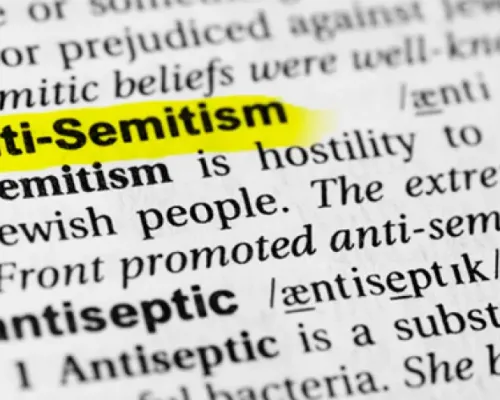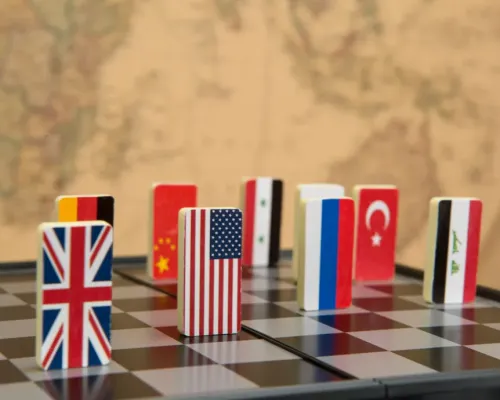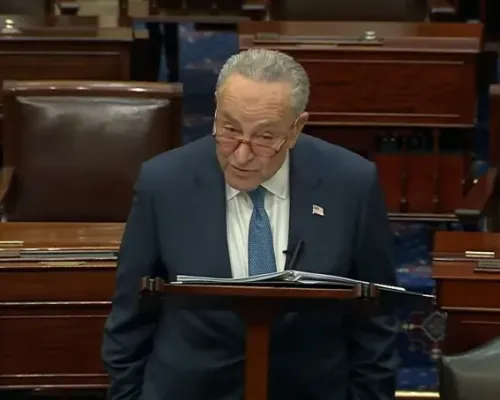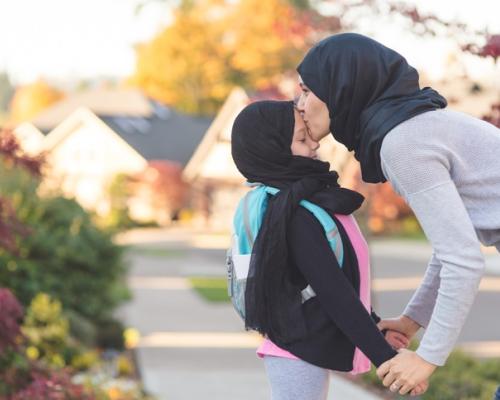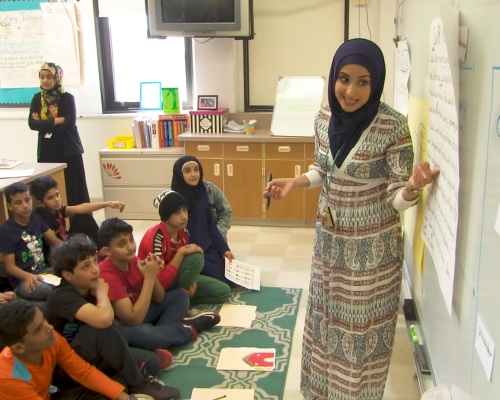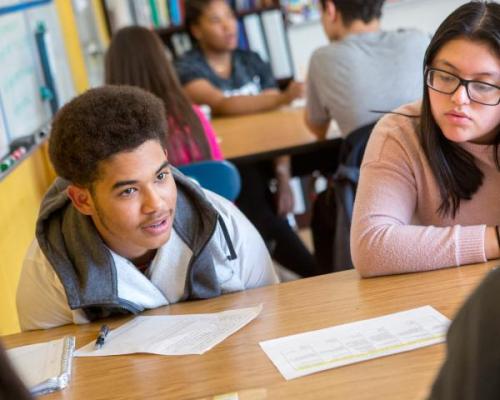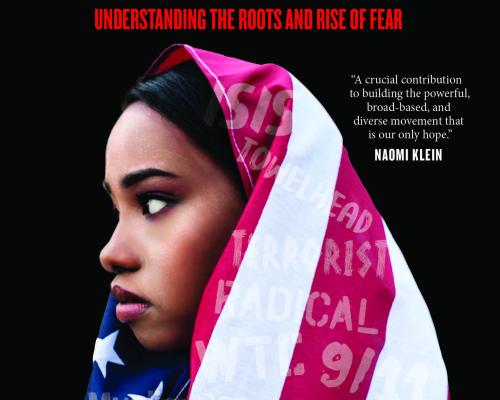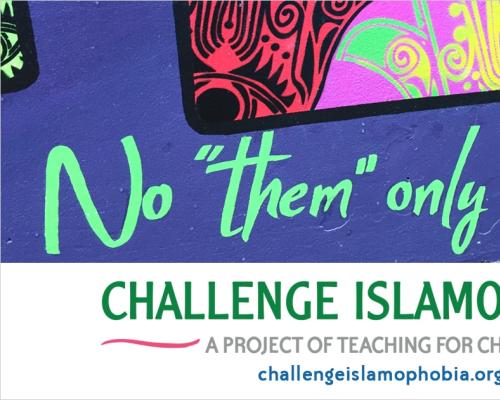Countering Antisemitism and Islamophobia
Since the horrific October 7th attack by Hamas that took the lives of many Israeli civilians and the subsequent war between Israel and Hamas that has taken the lives of many Palestinian civilians, incidents of antisemitism – defined by T’ruah as “hostility, prejudice, hatred, or violence against Jews as Jews" and Islamophobia – defined by the Council on American- Islamic Relations as “fear or hatred of Islam and Muslims” are on the rise, surging among internet platforms, in schools and on campuses, and across communities nationwide.
As the war continues in Gaza, students, educators and families are struggling with a range of emotions, many feeling desperate to understand the complexity of a generations-old conflict in the Middle East, horrified by ongoing casualties and images of brutal fighting, and scared of the vitriol directed toward both Muslims and Jews, Palestinians and Israelis. Our commitment to people’s safety remains paramount, as we navigate next steps and recognize the need to continue to act with humanity.
That horror and pain has disrupted schools and communities across the United States and impacted teachers, students, and families alike, leaving many feeling unsafe on the streets, in schools, and in public spaces, particularly as incidents of religious based-violence, name-calling and use of slurs and symbols have continued to increase.
The First Amendment protects everyone’s right to free speech – to have an opinion and to express that opinion. But antisemitism and Islamophobia are not protected speech if they incite violence: then, they are racist bigotry that must be called out, held to account, and eradicated the same as any other hate speech.
To assist you and your communities in navigating these issues during this fraught time, we present this toolkit of definitions, lesson plans, and other materials, as well as links to other organizations with reliable, well-sourced offerings. These curated resources aim to foster understanding, dialogue, and support for a range of perspectives.
It is our hope that using these resources will help interrupt antisemitism and Islamophobia and offer tools to prevent such prejudices from persisting. Antisemitism and Islamophobia degrade our communities, diminish our humanity, and the responsibility for addressing these prejudices lie with all of us.
The AFT is committed to updating these resources regularly to ensure relevance and comprehensiveness.
Antisemitism is a hostility, prejudice, hatred, or violence against Jews as Jews. (From Tru’ah)
Islamophobia is the fear or hatred of Islam and Muslims (From CAIR)
What does it look like today?
Translate Hate Glossary on Antisemitism
American Jewish Committee's Translate Hate glossary empowers you to identify, expose, and report antisemitism.
Examples of antisemitism
Contemporary examples of antisemitism in public life, the media, schools, the workplace, and in the religious sphere.
8 Ways that Islamophobia Operates in Everyday Life
Here are some ways Islamophobia operates in everyday life.
Learn how to speak up against antisemitism and Islamophobia
Colorin Colorado
PBS Lessons for High School Students
- Making a Difference in the Midst of the Israeli-Palestinian Conflict
- A Roadmap to Peace?: Promises Documentary Lesson
A lesson to accompany the 2001 documentary Promises (below), which explores the Palestinian-Israeli conflict from the eyes and experiences of Israeli and Palestinian children living in the West Bank.
- Independence or Catastrophe? Teaching Palestine Through Multiple Perspectives
A social studies teacher uses conflicting narratives to engage students in studying the history of Palestine and Israel, focusing on the events of 1948.
More Lesson Plans
- Countering Islamophobia, Unitarian Universalist Service Committee
- Challenging Islamophobia, Zinn Education Project
- Teaching About the Violence in Palestine and Israel, Zinn Education Project
- Palestine Teaching Trunk, teaching material on Palestine and Israel
Books on Countering Antisemitism and Islamophobia
Testimonials from people impacted by hate before and after the 2016 presidential election.
Describes the many ways in which law, policy, and official state rhetoric fueled the resurgence of Islamophobia in the United States.
Lessons and resources to place Islamophobia firmly within a U.S. context and shared cultural history.

